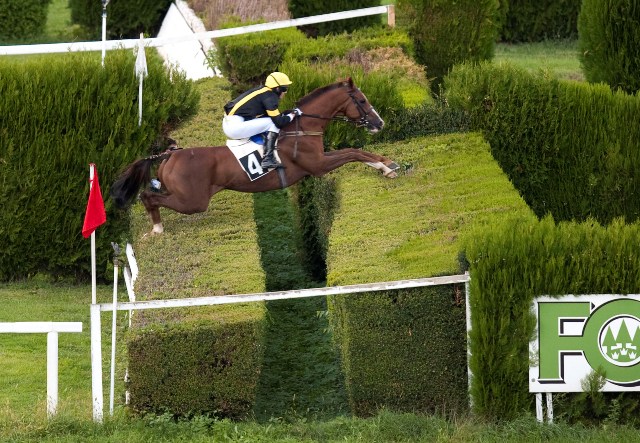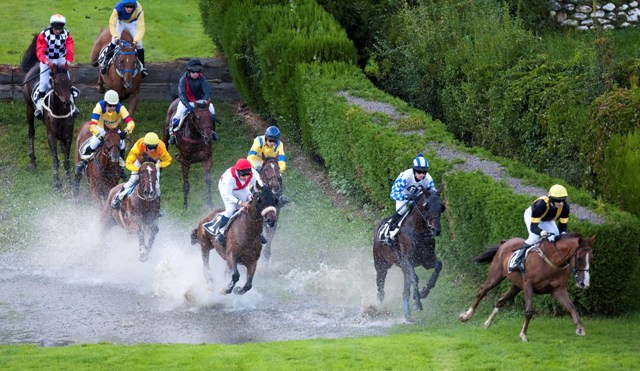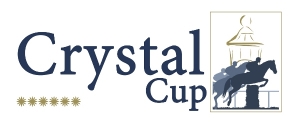Cross Country racing originated in Ireland in the 18th century with the first recorded race alleged to have been the result of a wager in 1752 between Mr. Cornelius O’Callaghan and Mr. Edmund Blake, racing four miles cross country from Buttevant Church to St. Leger Church in Doneraile, Ireland. The popularity of racing over obstacles continued to flourish in the mid-nineteenth century, leading to the creation of circular courses where the start and finish could be viewed by spectators in the same place. The new circuits, elaborate in design, epitomized the early contests across open fields where competitors endeavored to be the first to reach a distant but visible landmark, normally a church steeple, taking in all the natural obstacles such as banks, hedges, ditches and stone walls along the way.
France embraced the enthusiasm for these contests, introducing cross country circuits at more than fifty courses throughout the country. Popularity of the sport stretched across Europe to neighboring Belgium and Italy and in 1874 Bohemia, now the Czech Republic, introduced one of the most extraordinary cross-country races in the world, the Velka Pardubice.
Punchestown, in Ireland, stage numerous cross country races a year including the historic La Touche Cup, one of the premier races at the Festival of Racing in April each year.
Cheltenham introduced Britain’s only cross country course in 1995, over which three races a year take place including one at the world-renowned Jump racing Festival in March. The first race over the newly designed course at Cheltenham was won by Mcgregor The Third, trained by Grand National winning trainer Gordon Richards.
Today the unique cross country courses throughout Europe remain true to the origins of the sport incorporating a variety of obstacles including stone walls, Irish and drop banks, in-and-out doubles and bull finch hedges. The Crystal Cup brings together Europe’s premier racecourses to honour the heritage of the sport and acknowledge the most successful stable throughout Europe competing in a series of unique races.


